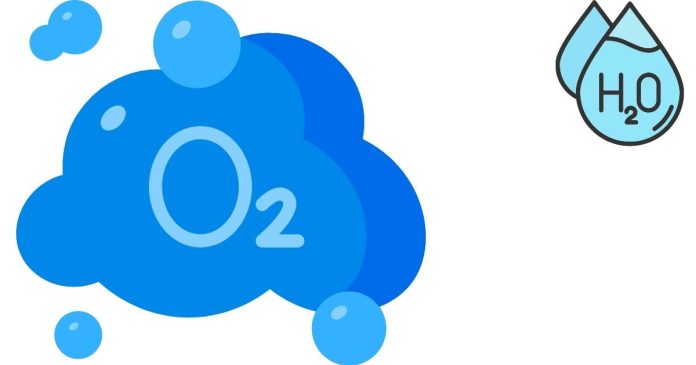Oxygen is a chemical element and is made up of oxygen atoms. Each oxygen atom consists of:
1. Protons:
- Oxygen atoms have 8 protons in their nucleus. The number of protons defines the element and is why oxygen has the atomic number 8 on the periodic table.
2. Neutrons:
- In addition to protons, an oxygen atom has neutrons. The most common isotope of oxygen, oxygen-16, has 8 neutrons, giving it a total of 16 particles in the nucleus (8 protons + 8 neutrons).
- There are other isotopes of oxygen, such as oxygen-17 (with 9 neutrons) and oxygen-18 (with 10 neutrons), but oxygen-16 is by far the most abundant.
3. Electrons:
- Oxygen atoms also have 8 electrons surrounding the nucleus. These electrons are arranged in electron shells (energy levels) around the nucleus. The electrons are responsible for chemical bonding and the atom’s behavior in reactions.
Oxygen Molecules (O₂):
- Oxygen in its most common form, molecular oxygen (O₂), consists of two oxygen atoms bonded together. The bond between these two atoms is a covalent bond, where the atoms share electrons to form a stable molecule.
- Oxygen molecules are diatomic (O₂), meaning they consist of two oxygen atoms.
In Summary:
- Oxygen atoms are made up of 8 protons, 8 neutrons, and 8 electrons (in the most common isotope).
- Oxygen molecules (O₂) are composed of two oxygen atoms bonded together.


